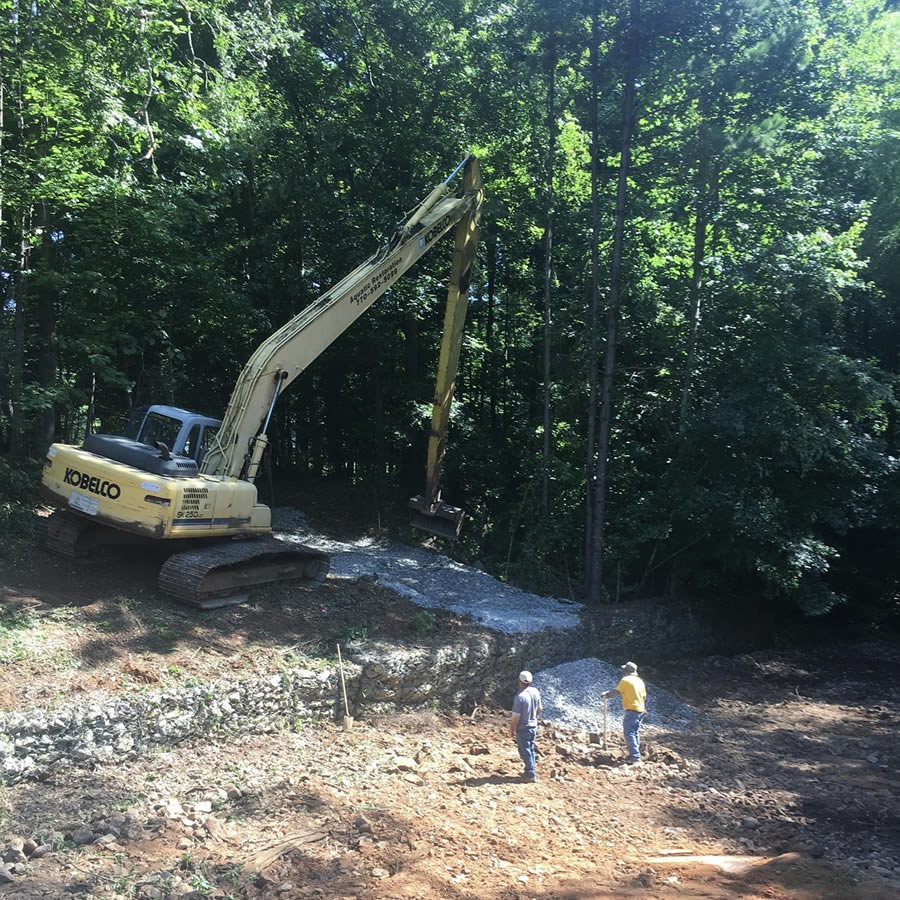
Maintaining lakes and ponds is a multifaceted responsibility requiring a combination of tasks to ensure an aesthetic and functional waterbody. Among these tasks, dredging stands out as a critical yet often contentious practice.
While dredging can enhance water quality and usability, its environmental impact calls for a careful and informed approach. In this brief article brought to you by Aquatic Restoration, we dive into the environmental implications of dredging. We’ll share a balanced view on its necessity and potential consequences.
If you’d like to leave the lake or pond maintenance to uniformed and experienced professionals, then consider Aquatic Restoration. With decades of industry experience under our belts, we are proud to serve the Southeast region of the US.
Dredging involves removing sediment, debris, and other junk from the bottom of lakes, ponds, and other water bodies. This process typically requires heavy machinery such as dredges, which scoop or suction materials from the waterbed.
The primary purposes of dredging include restoring water depth, improving water quality, and maintaining navigability and recreational use. The results are astounding.

One of the significant benefits of dredging is the improved water quality. Over time, sediment buildup can lead to nutrient accumulation, which promotes algae growth and reduces water clarity. By removing these excesses, dredging can decrease nutrient levels, reduce algal blooms, and increase water transparency.
Sedimentation can significantly reduce the depth and volume of a water body, effectively disrupting the ecological balance and usability. Dredging restores these parameters, thereby enhancing habitat conditions for aquatic life, improving fish spawning grounds, and facilitating recreational activities like boating and fishing.
Finally, removing excessive sediment can uncover diverse habitats, such as rocky substrates and gravel beds, which are crucial for various aquatic species. This habitat restoration can promote biodiversity and support healthier aquatic ecosystems.
Despite its benefits, improper dredging can disrupt aquatic habitats. Haphazardly removing sediment can destroy benthic (bottom-dwelling) communities, displacing organisms such as insects, mollusks, and small fish. This disruption can have cascading effects on the food web and overall ecosystem health.
Moreover, some sediments act as sinks for pollutants such as heavy metals, pesticides, and other contaminants. Careless dredging can disturb these sediments, releasing trapped pollutants back into the water column. This re-suspension can pose risks to aquatic life and water quality.
Finally, the noise and activity associated with dredging can stress or displace fish and wildlife. Fish may avoid areas under dredging, and nesting or spawning sites may be disturbed. Wildlife that relies on the water body for food or habitat can also be impacted.
Whether you’re managing a lake or need retention pond maintenance, the professionals at Aquatic Restoration have the experience, expertise, and equipment to help. Call or message us today to schedule a consultation, face-to-face meeting, or on-site visit for as soon as possible.
Our team is on standby to address any questions or concerns you may have – No matter before, during, or after your appointment with us.
Stormwater ponds form a part of modern stormwater management systems. As the name suggests, they collect and manage runoff from…
Sediment buildup is one of the biggest threats to lakes and ponds. It not only impacts water quality but also…
If you own a pond or lake, you know that proactive maintenance is an integral part of keeping the…
If you’ve ever walked outside and noticed your lake suddenly turn a murky shade of green, you’re not alone. Many…
Lakes are vital ecosystems that support wildlife, protect water quality, and enhance the quality of life for surrounding communities. Whether…